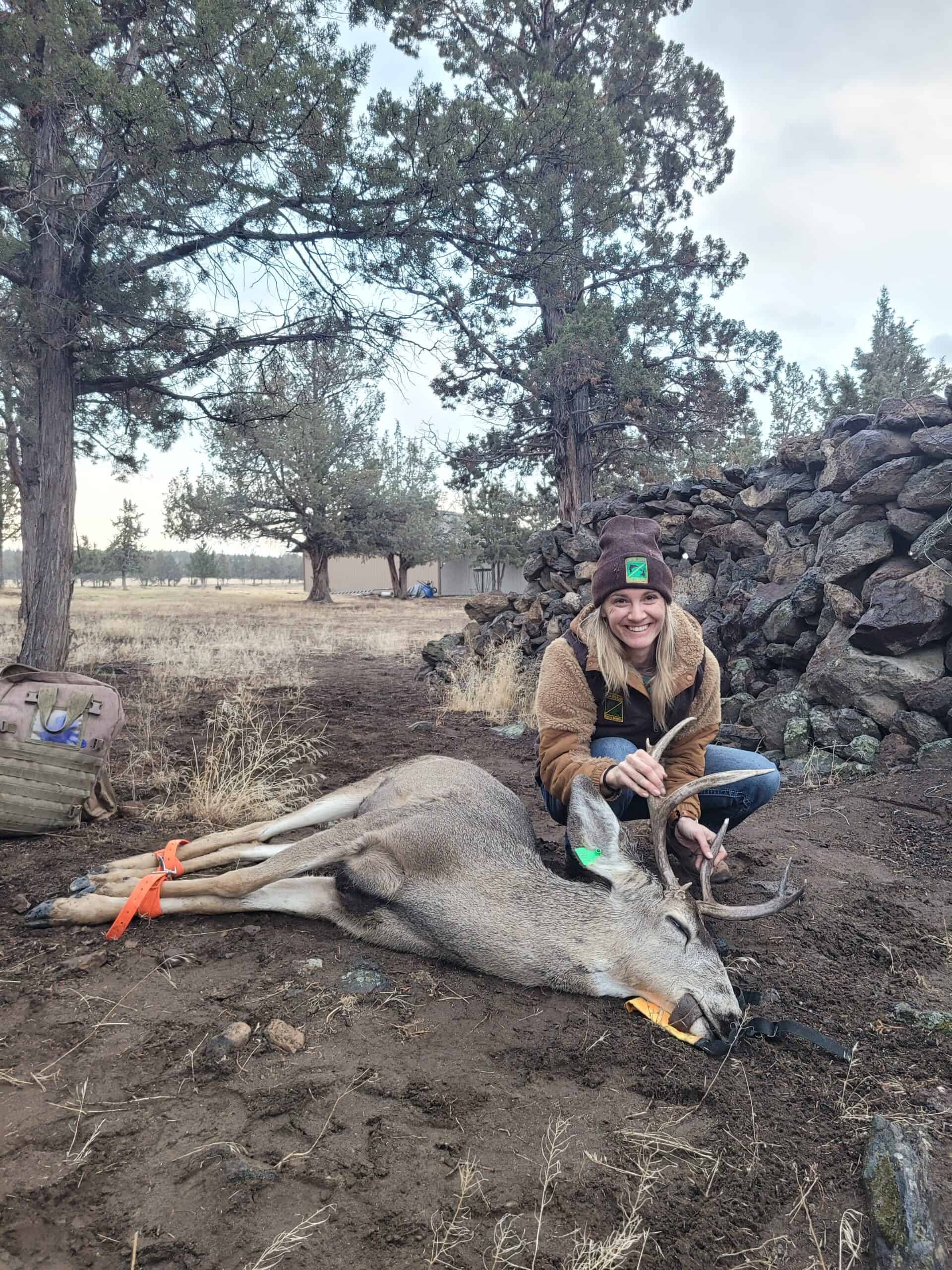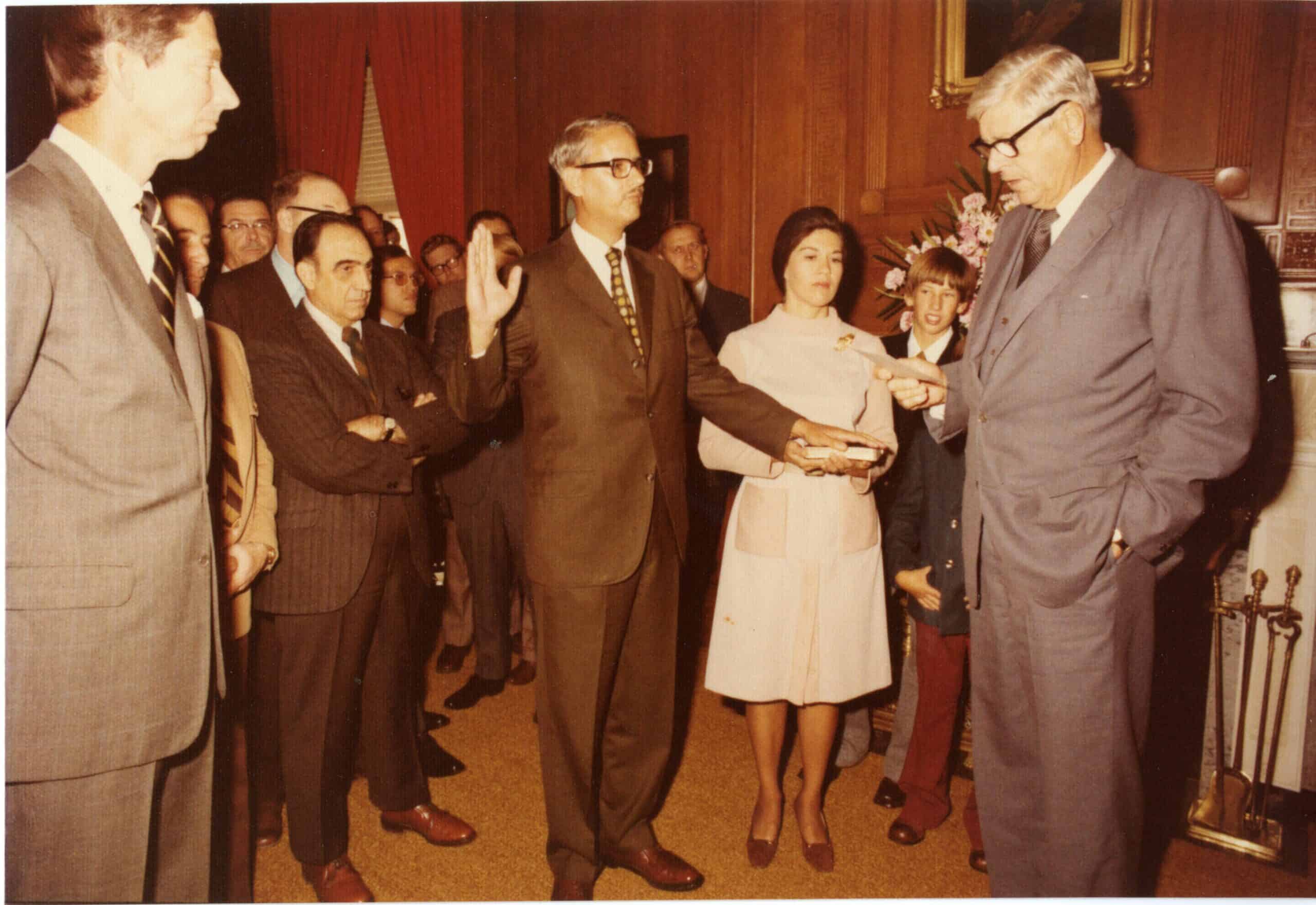Share this article
Supreme Court will review controversial frog habitat case
The Supreme Court has decided to hear a case centering on the U.S. Fish and Wildlife’s controversial designation of land as critical habitat for an endangered frog, despite the species not being present on the land for decades.
The dusky gopher frog (Rana sevosa), once found across Louisiana, Mississippi and Alabama, is threatened by loss of pine forests and ephemeral freshwater habitats. An estimated 100 individuals remain only in Mississippi.
In 2001, the USFWS listed the frog as endangered. In 2012, the Service designated nearly 6,500 acres of land as critical habitat necessary for the frog’s recovery. The designation included about 1,500 acres of private land in Louisiana, on which the frog has not been seen since 1956.
Landowners and timber company Weyerhaeuser Co., sued the USFWS in 2013. They argued that because the land has not historically supported the frog and would require significant alterations to do so in the future, the land disqualifies as suitable habitat and designating it as such is agency overreach.
In 2014, the case was heard in a U.S. District Court, where the judge upheld USFWS’ designation. The plaintiffs appealed and in 2016, the 5th U.S. Circuit Court of Appeals heard the case and again upheld the designation, although opinions were divided.
“If the Endangered Species Act permitted the actions taken by the Government in this case,” wrote Circuit Court Judge Priscilla Owens in her dissenting opinion, “then vast portions of the United States could be designated as ‘critical habitat’ because it is theoretically possible, even if not probable, that land could be modified to sustain the introduction or reintroduction of an endangered species.”
In August 2016, the plaintiffs petitioned to have the case reheard in the appellate court. The petition was denied, and now the plaintiffs have successfully elevated the case to the Supreme Court. The court’s decision may significantly impact how USFWS interprets ESA language, whether by broadening its authorization or limiting it.
Header Image: The endangered dusky gopher frog is at the center of controversial court case. ©U.S. Department of Agriculture








